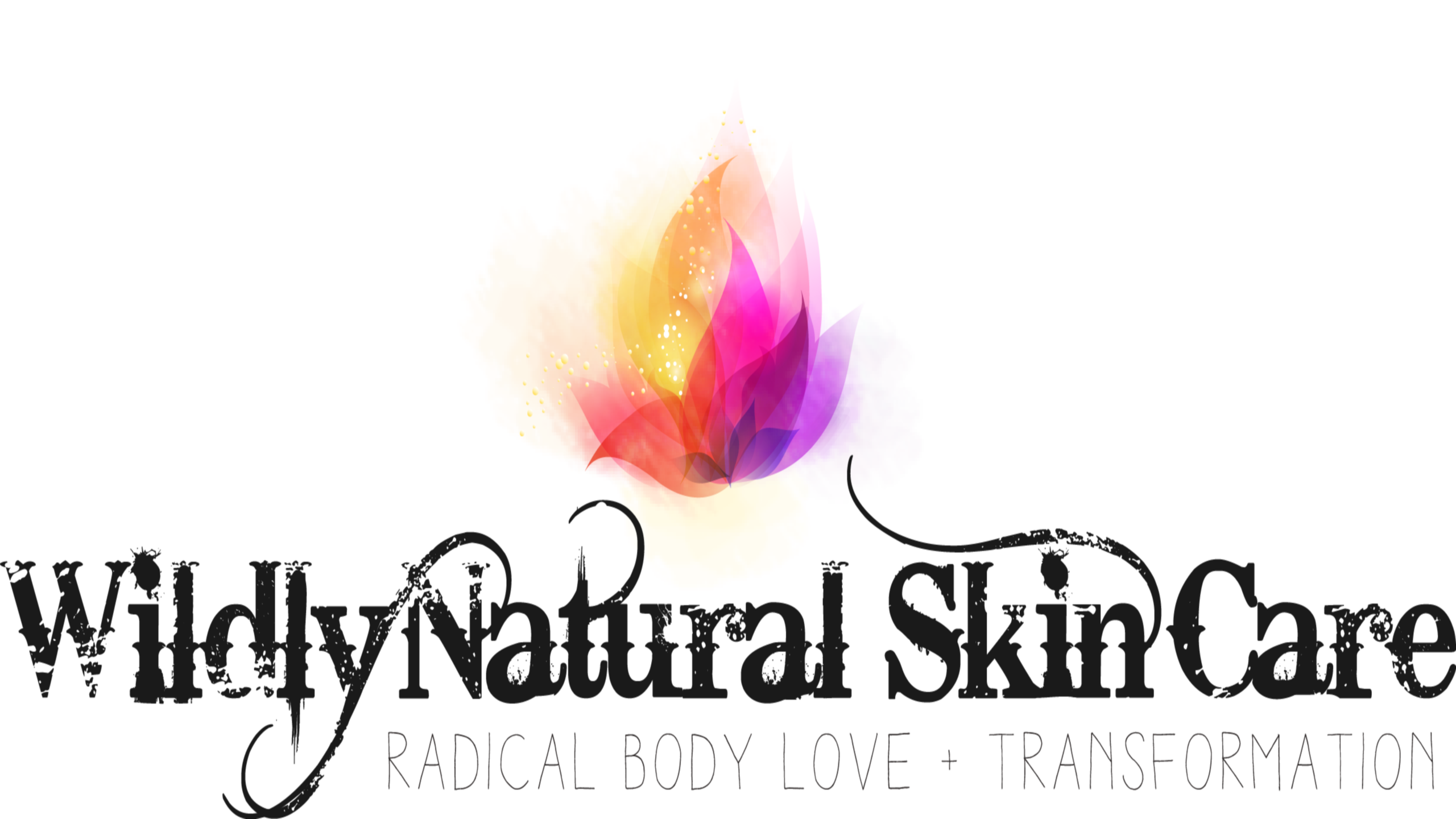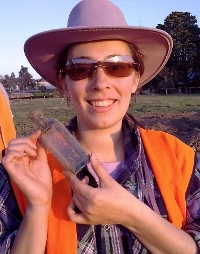I was excited to find Caroline’s highly informative website when researching skin care in ancient Egypt and delighted that she agreed to do this interview with me. It is both fascinating and revealing that many of the commonly used ingredients are still used today! I hope you enjoy this interview and if so, please pass it along!

1) Could you elaborate a bit on the ancient Egyptian philosophy on skin care?
The ancient Egyptian concept of medicine was partially based on magic, and it is from such medico-magical texts that we can understand the ancient Egyptian philosophy of skin-care:
“Six volumes containing ‘the secrets of the physicians’ are said to have been kept in Egyptian temples. Medical works were certainly handed down over long periods so that glosses became incorporated into the texts. Some of the surviving papyri are specialist works; others contain treatments for a wide variety of conditions and even household hints and recipes for cosmetics.” (Pinch 1994, p. 133)
One such medico-magic remedies was for bald patches. ‘To charm away alopecia’, the sufferer had to recite a spell or prayer to the sun god over a collection of iron, red-lead, onions, alabaster, and honey.
Yet much of their skin and body care was practical. All ancient Egyptians used cosmetics, regardless of sex. As Egypt is a hot and dry climate, bathing was a necessity; priests, especially, had to be clean and bathed several times a day. A paste made of natron (swabu) and ash or clay was used as a soap, as well as for cleaning teeth, and as a way to combat certain skin diseases. Oils and unguents were then rubbed into the skin to keep it supple, and they used different forms of deodorant which incorporated incense as an ingredient.
The black eyeliner (mesdemet) used by the Egyptians to prevent themselves from being dazzled by the sun was derived from galena, which was also used to assist with eye complaints due to its disinfectant properties. Green eye makeup was also popular. So although some of their treatments seem unusual – or downright bizarre! – to the modern eye, the ancient Egyptians had an extensive working knowledge of their environment and what could be used to both beautify themselves, and protect themselves against the Egyptian climate.
2) What were some common skin care practices and routines amongst the ancient Egyptians and how did this differ between the classes?
The major difference between the classes when it comes to skin-care was one of quality. Most people would have applied their own makeup after having washed in the Nile, and had access to caster or linseed oils and a few important cosmetic ingredients for their skin.
The rich, however, could hire a professional cosmetician (seshat), or even a professional hairdresser (shen), and they would import exotic, perfumed unguents, kept in well-stocked cosmetic boxes, for use after cleaning themselves in their limestone bathrooms.
Another example, according to Tyldesley (1994, p. 147), is that while the general populace would probably have used flint flakes as razors and oil as shaving-cream, the nobility had access to metal razors, tweezers, knives and soap for depilation purposes. Yet the ancient Egyptians, rich or poor, male or female, would not have dreamed of going without their cosmetics!
3) I am really interested in skin care products, oils, herbs or other substances that were used by the ancient Egyptians. Can you tell us about some of these and their uses?
The Egyptians had an extensive knowledge of beauty treatments, from the simple to the complex. Scholars have not, as of yet, managed to translate all ingredients that were used, but a number of treatments are known. According to Manniche (1989, p. 44), one facial cleanser was made from oil and lime, whilst a body scrub was a paste made of a mixture of calcite, natron, salt and honey.
An anti-wrinkle treatment involved frankincense, wax, moringa oil, and cypress grass mixed being with fermented plant juice. To make the skin ‘more beautiful’, alabaster powder, natron powder, and sea salt were mixed with honey and rubbed into the skin.
One of the more bizarre suggestions from the Papyrus Ebers was a facial cleaner which would ‘make the face smooth’. It involved mixing bullock’s bile, whipped ostrich egg, oil, dough, natron, a type of resin and milk, and had to be used daily. A concoction to prevent baldness involved writing fluid, hippopotamus fat, and gazelle dung! However, as Pinch (1994, p. 134) points out, some of the more repellent-sounding ingredients may be code for herbs and other more normal substances.
However, two recipes from the Papyrus Ebers stands out in particular:
“Another to cause the hair to fall out: burnt chaetopod (?), boiled with oil and balanites-oil, is applied to the head of a hated woman (i.e. a fellow-wife).
Another: burnt leaf of lotus, is put in oil and applied to the head of a hated woman.
To expel it in the following manner: shell of tortoise, is burnt, ground and placed in fat from the leg of hippopotamus and (it) is anointed therewith very, very often.” (Ebbell 1937, p. 80)
The more beneficial skin-care treatments often included oil, fat, wax, honey, natron, and milk. I would recommend reading Lise Manniche’s An Ancient Egyptian Herbal if you wish to learn more about the specific plants used by the ancient Egyptians.
I will close with a modern adaption of an ancient Egyptian remedy for wrinkles:
Ancient Egyptian Anti-Wrinkle Oil Updated
One teaspoon sweet almond oil
Two drops of essential oil of frankincense
Apply to the cleansed face nightly with a gentle massage. (Illes)
A big thank you to Caroline!!
Do you use any of these ingredients in your skin care routine?? Share below!
Sources:
Bryan, C. P. 1930, The Papyrus Ebers: Translated from the German Version
Dollinger, A., Personal Hygiene and Cosmetics, <http://www.reshafim.org.il/ad/egypt/timelines/topics/cosmetics.htm>
Ebbell, B. 1937, The Papyrus Ebers: The Greatest Egyptian Medical Document
lles, J., Beauty Secrets of Ancient Egypt, <http://www.touregypt.net/egypt-info/magazine-mag06012000-mag4.htm>
Manniche, L. 1989, An Ancient Egyptian Herbal
Pinch, G. 1994, Magic in Ancient Egypt
Strouhal, E. 1992, Life of the Ancient Egyptians
Tyldesley, J. 1994, Daughters of Isis: Women of Ancient Egypt
About Caroline:
Caroline is currently studying a Bachelor of Archaeology at La Trobe University in Australia, with the aim of getting into Honours after she completes the degree. She is specialising in ancient Civilisations, and has studied the Maya, Aztec and ancient Egypt under Professor Peter Mathews. She has worked on various archaeological digs within Australia, and for a commercial archaeology company for three years. She has written about ancient Egypt since 2000, and has been published in the free online TourEgypt magazine, and in Orascom Telecom’s TALK magazine. You can learn more about Caroline’s work on her website.

